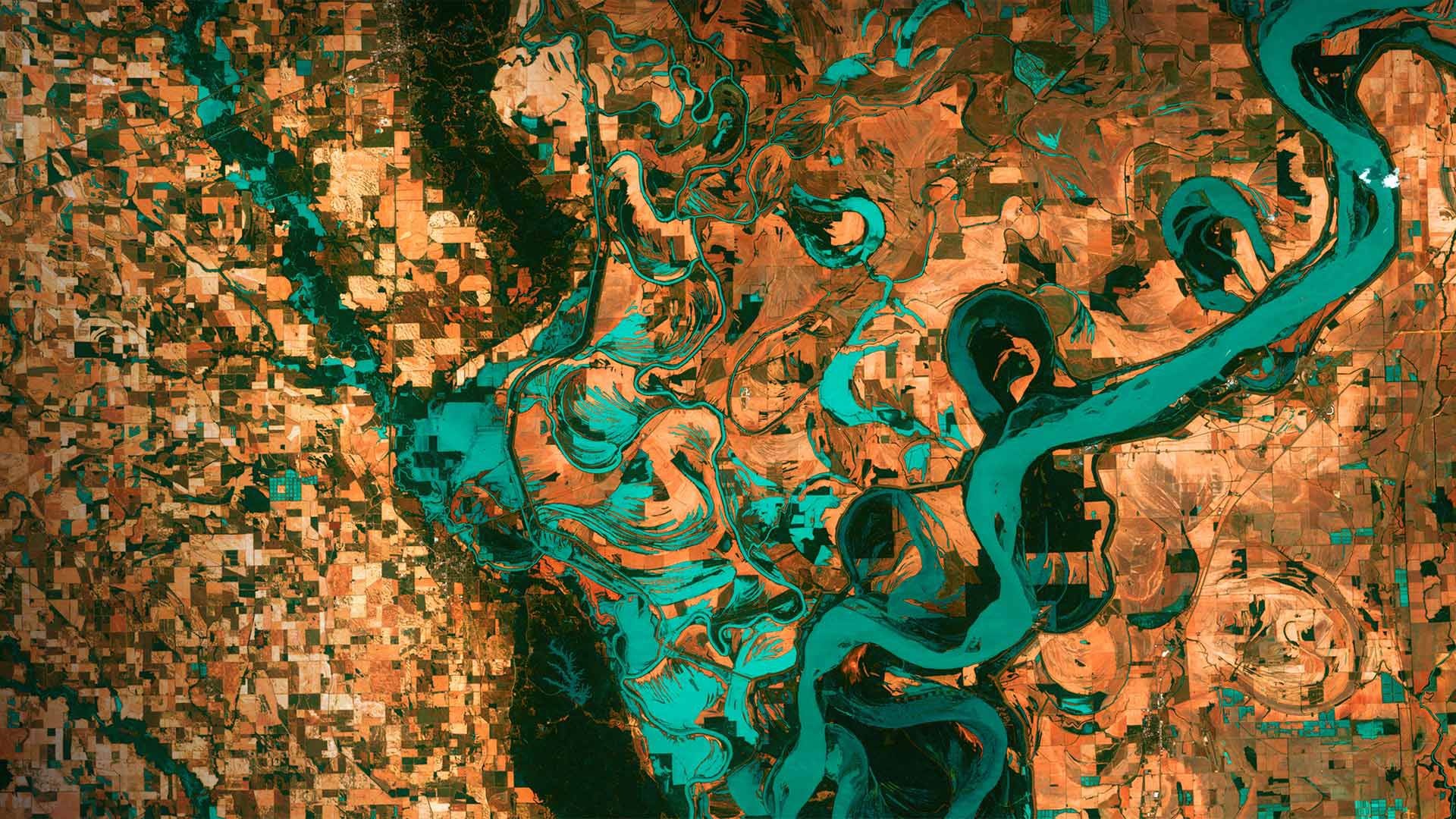Unraveling the Magic of Google Translate: How does it work?
Google Translate is a powerful tool that has revolutionized the way we communicate across different languages. It allows users to translate text, speech, and even images from one language to another with just the click of a button. But have you ever wondered how this magic of translation actually works?
At its core, Google Translate uses a method called machine translation, which relies on complex algorithms and artificial intelligence to analyze and process language. The first step in the translation process involves breaking down the input text into smaller, meaningful units, such as words or phrases. These smaller units are then matched with their corresponding translations in the target language, using massive databases of bilingual texts and linguistic rules.
One of the key components of Google Translate’s success is its use of machine learning, a technology that enables the system to improve and refine its translation abilities over time. By constantly analyzing and learning from previously translated texts, the system can better understand the nuances and context of different languages, leading to more accurate and natural-sounding translations.
Another important aspect of Google Translate is its ability to handle multiple languages simultaneously, offering translations between over 100 different languages. This is made possible by the vast amount of data that Google has collected from various sources, including books, websites, and official documents, which provides the system with a rich and diverse dataset to draw from.
In addition to text translation, Google Translate also supports speech and image translation. For speech translation, the system uses automatic speech recognition technology to transcribe spoken words into text, which is then translated into the desired language. Similarly, for image translation, the system uses optical character recognition to extract text from images, before translating it into the user’s chosen language.
While Google Translate has made incredible strides in breaking down language barriers, it is important to note that it is not without its limitations. The system may struggle with idiomatic expressions, cultural nuances, and complex grammar structures, which can lead to inaccuracies in translation. It is always advisable to use Google Translate as a supplementary tool and to consult with native speakers or professional translators for important or sensitive content.
In conclusion, Google Translate is a remarkable tool that showcases the power of machine translation and artificial intelligence. Its ability to seamlessly translate text, speech, and images between multiple languages has made it an invaluable resource for communication across the globe. As the technology continues to evolve and improve, it is certain that Google Translate will continue to unravel more of the magic behind the art of translation.







